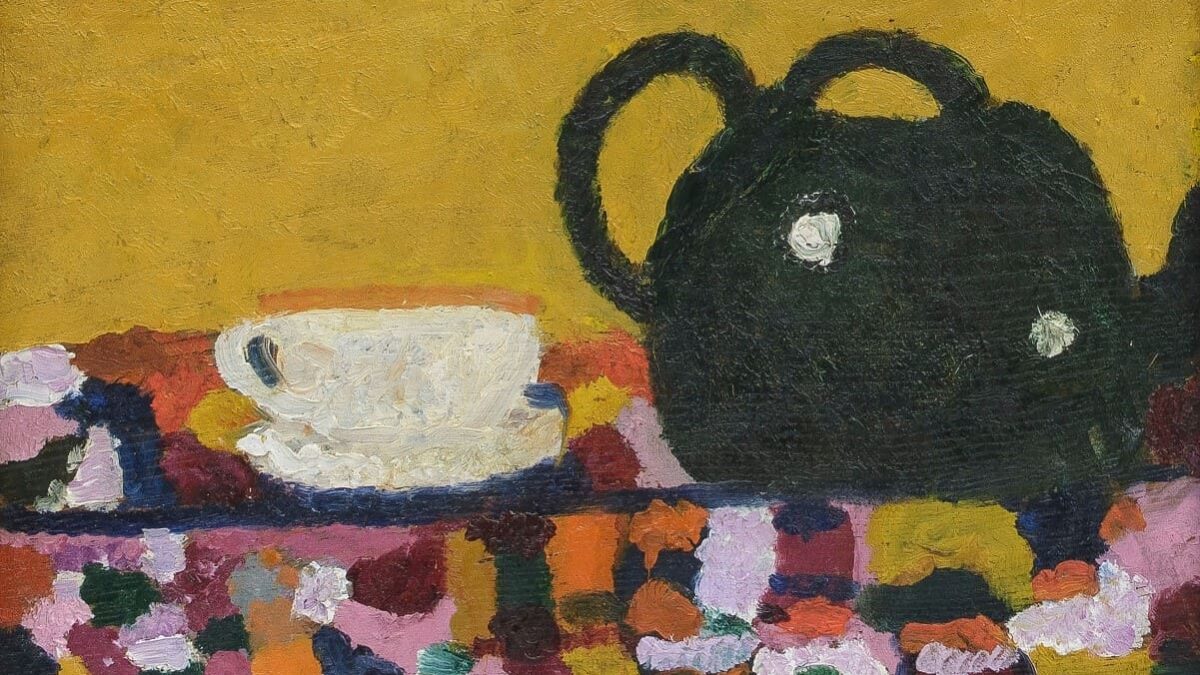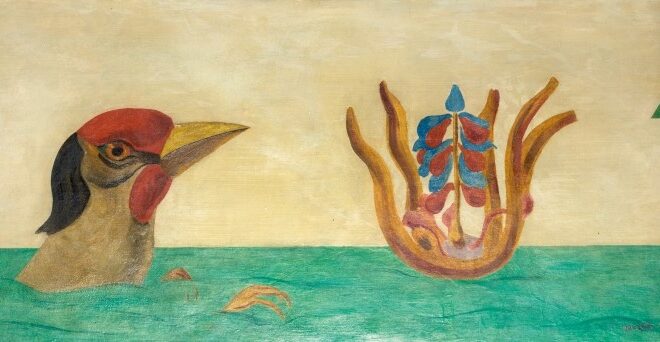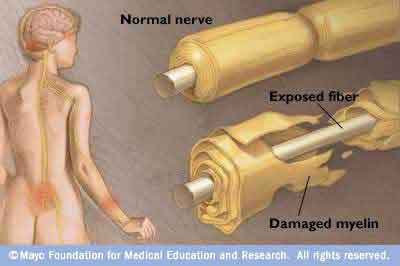Pasquarosa Marcelli, a female phenomenon and great talent
Prof. Francesco Carelli

Pasquarosa Marcelli was born in 1896 in Anticoli Corrado, a small rural town near Rome. In 1912 she moved to the capital towork as a model. She posed for Felice Carena, Nicola D’Antino and Umberto Natale (Nino) Bertoletti (1889 -1971); the latter would subsequently become her husband. Inspired by her lively artistic milieu as well as by Bertoletti himself, Pasquarosa started to paint and displayed her work for the first time at the Roman Secessionist exhibition of 1915, achieving unexpected critical acclaim; the images she sent to the following year’s event would also receive a positive response. While Nino undertook military service during the First World War, Pasquarosa continued her artistic training with the support of her husband’s friends, first and foremost, Carlo Socrate.
In 1918, she was invited to take part in the Exhibition of Young Artists (Mostra d’Arte Giovanile) at the Casina del Pincio, building on her experiences in the Secessionist exhibitions. Some of the most significant and astute Roman critics of the day reviewed her works, Cipriano Efisio Oppo, describing the artist as a “phenomenon”in an article for L’Idea Nazionale, while Mario Recchi characterised her as a “great talent”.
Pasquarosa painted the world around her as she perceived it, with an expressive use of colour. During the early years of her career, she drew inspiration from a number of figures whose works she was able to see in Rome, including the Fauve painters Henri Matisse and Kees Van Dongen, and Russian artists such as Mikhail Larionov and Natalia Goncharova.
In 1923 she exhibited at the Casa d’Arte Bragaglia, after which she distanced herself from the art world temporarily in order to dedicate more time to her family.
However, she continued to paint and to broaden her cultural horizons, visiting cities such as Turin, Paris and Madrid in 1925. In February 1929, a key year in the artist’s life, during which she spent four months in Paris, London’s Arlington Gallery mounted a large solo exhibition of her work, something incredibly rare for an Italian woman artist at that time; the catalogue text was written by Emilio Cecchi. She debuted at the Venice Biennale in 1930, going on to participate in 1932, 1934, 1936, 1948 and 1954, and also contributed to the First Exhibition of Animal Imagery.
In 1931 she made her first appearance at the Rome Quadriennale (also participating in 1935, 1939, 1948, 1955, 1956,1959,1960 and 1966), and between 1931 and 1932 her works were shown as part of a touring exhibition in the United States.
After the War, in 1948, she began exhibiting her works once again, being invited to take part in two high profile exhibitions: the V Rome Quadriennale and the XXIV Venice Biennale. During the following decade she was awarded a series of solo shows at Rome’s Galleria Chiurazzi (1951), the Galleria Puccini in Ancona (1952) and Rome’s La Cassapanca and Russo Galleries (1955, 1958). The 1960s opened with another solo exhibition (Galleria del Vantaggio, Rome) and continued with a series of group shows. In 1973, Pasquarosa died in Camaiore.
Estorick Cllection in London is managing a big exhibition about this great painter.




